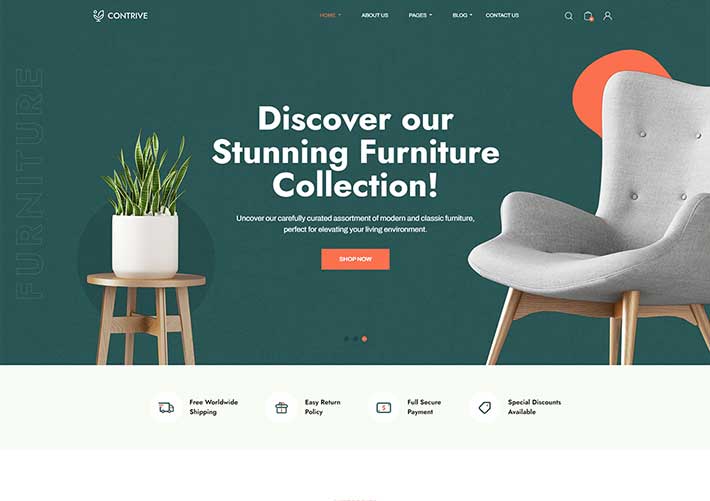在現代網站開發中,自適應網頁設計(也稱為響應式設計)是確保網站在不同設備和屏幕尺寸上都能良好顯示的關鍵。本文將介紹一個基本的自適應HTML代碼模板,幫助你創建一個響應式的網頁。
1. 基礎HTML結構
首先,我們需要一個基本的HTML結構。這包括<!DOCTYPE html>聲明、<html>標簽以及包含元數據和內容的頭部和主體部分。
html
<html lang=“en”> <head> <meta charset=“UTF-8”> <meta name=“viewport” content=“width=device-width, initial-scale=1.0”> <title>Document</title> <link rel=“stylesheet” href=“styles.css”> </head> <body> <header> <h1>Welcome to My Responsive Website</h1> <nav> <ul> <li><a href=“#home”>Home</a></li> <li><a href=“#about”>About</a></li> <li><a href=“#services”>Services</a></li> </ul> </nav> </header> <main> <section id=“home”> <h2>Home</h2> <p>This is the home section of our responsive website.</p> </section> <section id=“about”> <h2>About</h2> <p>This is the about section of our responsive website.</p> </section> <section id=“services”> <h2>Services</h2> <p>This is the services section of our responsive website.</p> </section> </main> <footer> <p>© 2023 My Responsive Website</p> </footer> <script src=“scripts.js”></script> </body> </html>
2. 添加CSS樣式
為了使網頁具有響應性,我們需要使用CSS來控制不同屏幕尺寸下的布局和樣式。我們將使用媒體查詢來實現這一點。
styles.css:
css
/* Basic Styles */ body { font-family: Arial, sans-serif; line-height: 1.6; margin: 0; padding: 0; } header { background-color: #333; color: white; padding: 10px 0; text-align: center; } nav ul { list-style: none; padding: 0; } nav ul li { display: inline; margin-right: 10px; } nav ul li a { color: white; text-decoration: none; } main { padding: 20px; } footer { background-color: #333; color: white; text-align: center; padding: 10px 0; position: fixed; width: 100%; bottom: 0; } /* Responsive Styles */ @media (max-width: 600px) { nav ul li { display: block; margin-bottom: 5px; } }
3. 添加JavaScript功能(可選)
雖然CSS可以處理大部分的響應式設計需求,但有時候你可能需要使用JavaScript來增強交互性或處理特定的事件。在這個例子中,我們可以簡單地添加一個JavaScript文件來展示如何引入外部腳本。
scripts.js:
javascript
document.addEventListener(‘DOMContentLoaded’, function() { alert(‘Hello, world!’); });
4. 確保視口設置正確
在<head>部分,我們使用了<meta name="viewport" content="width=device-width, initial-scale=1.0">來確保頁面在不同的設備上都能正確地縮放。這是實現響應式設計的關鍵一步。
5. 測試和調試
在完成上述步驟后,你需要在不同的設備和瀏覽器上測試你的網頁,以確保它在所有情況下都能正常工作。你可以使用開發者工具中的設備模擬功能來幫助你進行測試。
通過遵循這些步驟,你可以創建一個基本的自適應HTML代碼模板。這個模板可以根據需要進行擴展和自定義,以滿足你的特定需求。記住,響應式設計不僅僅是關于布局,還包括圖像、字體和其他媒體元素的優化,以確保最佳的用戶體驗。
聲明:本站所有文章,如無特殊說明或標注,均為本站原創發布。任何個人或組織,在未征得本站同意時,禁止復制、盜用、采集、發布本站內容到任何網站、書籍等各類媒體平臺。如若本站內容侵犯了原著者的合法權益,可聯系我們進行處理。





